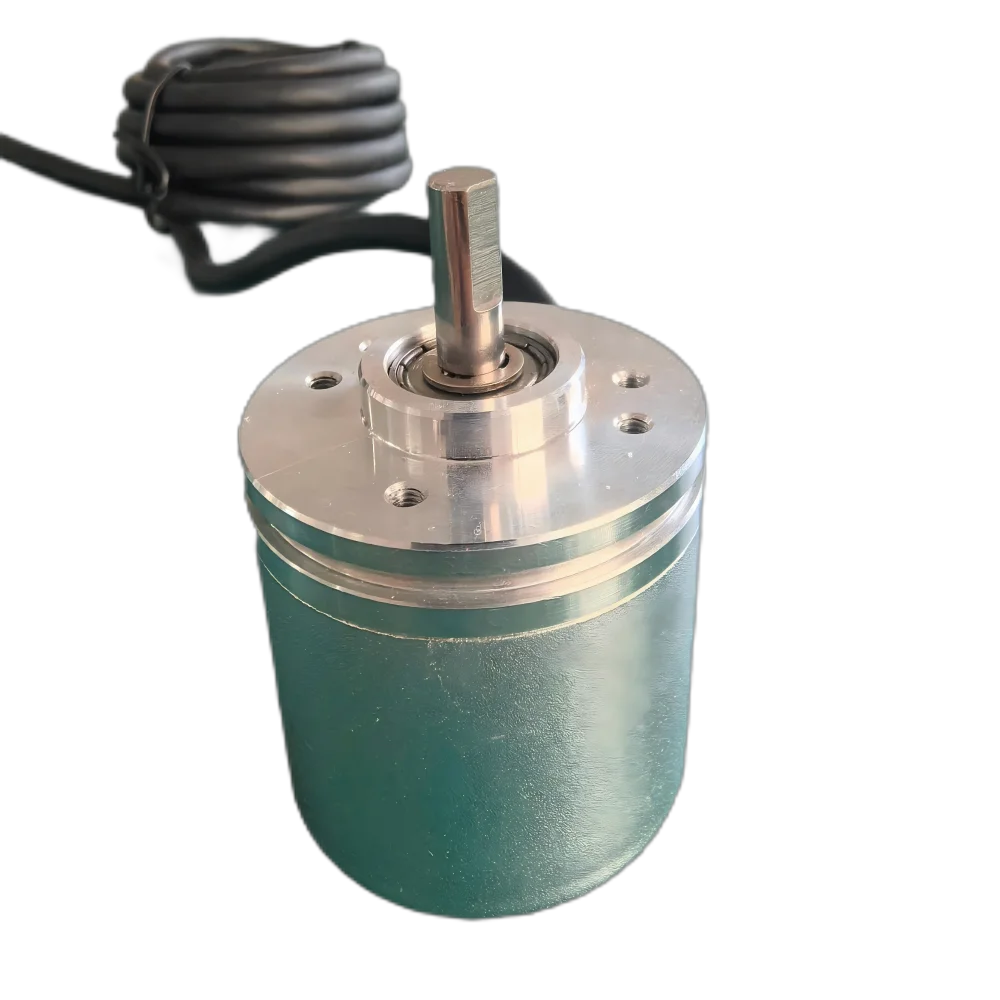- This topic is empty.
-
AuthorPosts
-
2025-11-21 at 11:06 am #26733
https://www.weiguangele.com/magnetoelectric-absolute-encoder-principles.html
A magnetoelectric absolute encoder is a precision sensing device designed to provide accurate angular or linear position feedback using a combination of magnetic fields and electromagnetic sampling technology. As a member of the absolute encoder family, it delivers a unique position value at every sampling moment, ensuring that the measured position remains reliable even after power loss or system interruption.
Jilin Weiguang Electronic Technology Co., Ltd. focuses on the research and development of advanced sensing components, including high-precision magnetoelectric absolute encoders engineered for stability, noise immunity, and long-term reliability.

What Is a Magnetoelectric Absolute Encoder?
A magnetoelectric absolute encoder uses a magnetic element paired with highly sensitive magneto-sensing components to detect the exact position of a rotating shaft or linear element. When the magnet rotates or moves, the magnetic field changes. This variation is captured by the sensor array and processed electronically to generate an absolute digital position value. Unlike incremental encoders, it does not require a reference point or homing procedure after startup.
A Type of Absolute Encoder
As an absolute encoder, the magnetoelectric type ensures that each position within the rotation or travel range corresponds to a unique code. The encoder retains its position information even when power is removed, making it suitable for systems requiring continuous position memory and stable feedback.
Compared with other absolute encoder structures, the magnetoelectric version offers stronger resistance to dust, oil, moisture, and vibration because it relies on magnetic field changes rather than optical signals. This structure improves overall durability and provides consistent performance in harsh industrial environments.
Magnetic Field and Electromagnetic Sampling Technology
The core operating mechanism combines a permanent magnet with a magnetoelectric sensing chip:
-
The magnet generates a stable magnetic field.
-
Rotation or movement changes the magnetic direction and intensity.
-
A sensor array—based on magnetic induction principles—samples the magnetic signal.
-
Embedded algorithms convert the electromagnetic signal into a precise absolute position value.
This integration of magnetic field sensing and electromagnetic sampling provides high immunity to electrical noise, reduces mechanical wear due to non-contact operation, and ensures smooth, stable measurement across the entire operating range.
Single-Turn and Multi-Turn Encoding Methods
Magnetoelectric absolute encoders can be designed in single-turn or multi-turn configurations:
Single-Turn Encoding
The encoder measures the absolute angular position within one full revolution (0° to 360°). Each angle corresponds to a unique digital output, making it ideal for applications requiring accurate position control within a single rotation range.
Multi-Turn Encoding
A multi-turn magnetoelectric absolute encoder tracks both the angle within one revolution and the total number of revolutions.
Typical implementations include using magnetic gear mechanisms or magnetic counting systems to record rotation counts without mechanical contact. This allows the encoder to maintain multi-turn position memory even during power loss.https://www.weiguangele.com/magnetoelectric-absolute-encoder-principles.html
Jilin Weiguang Electronic Technology Co., Ltd. -
-
AuthorPosts
- You must be logged in to reply to this topic.